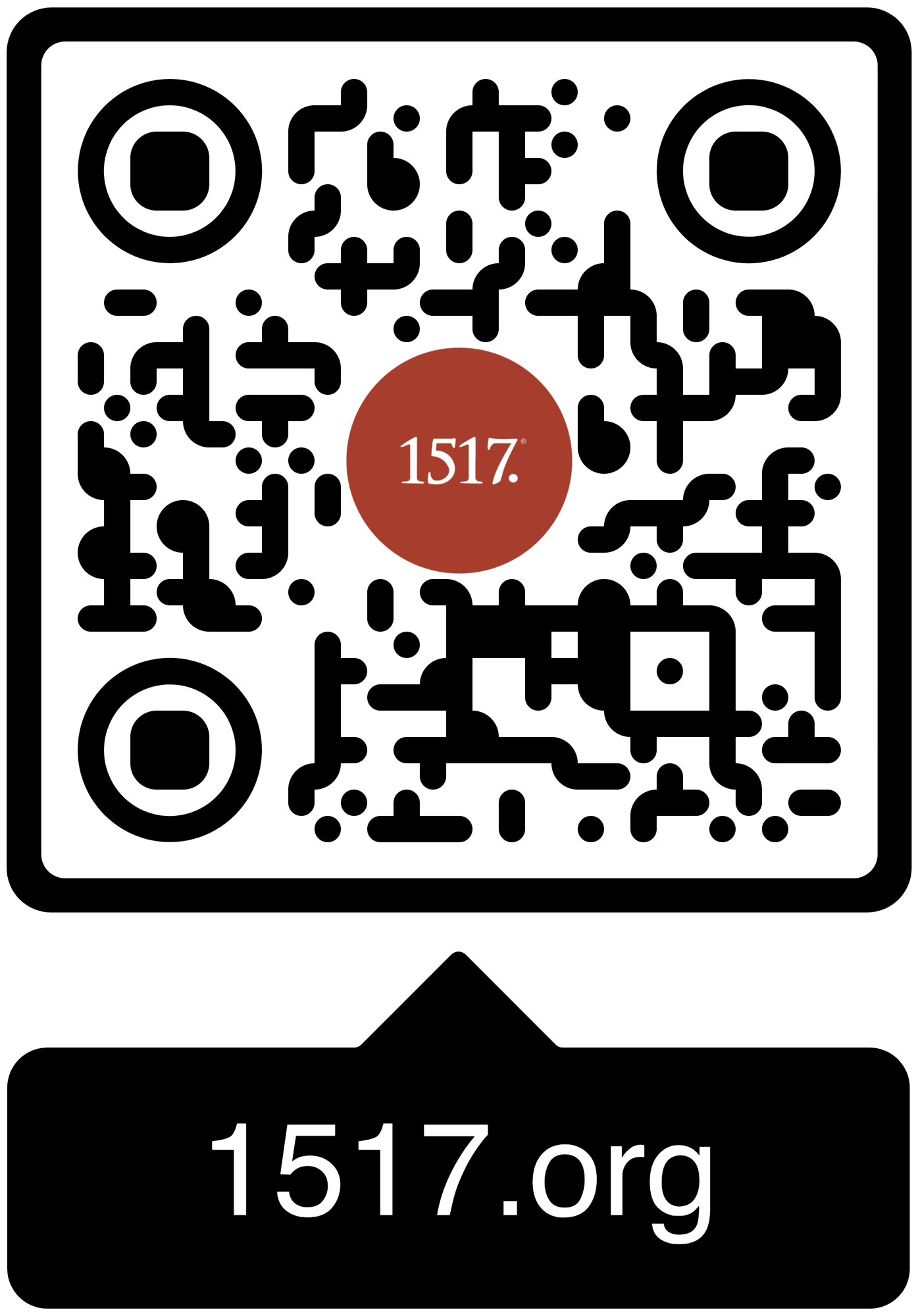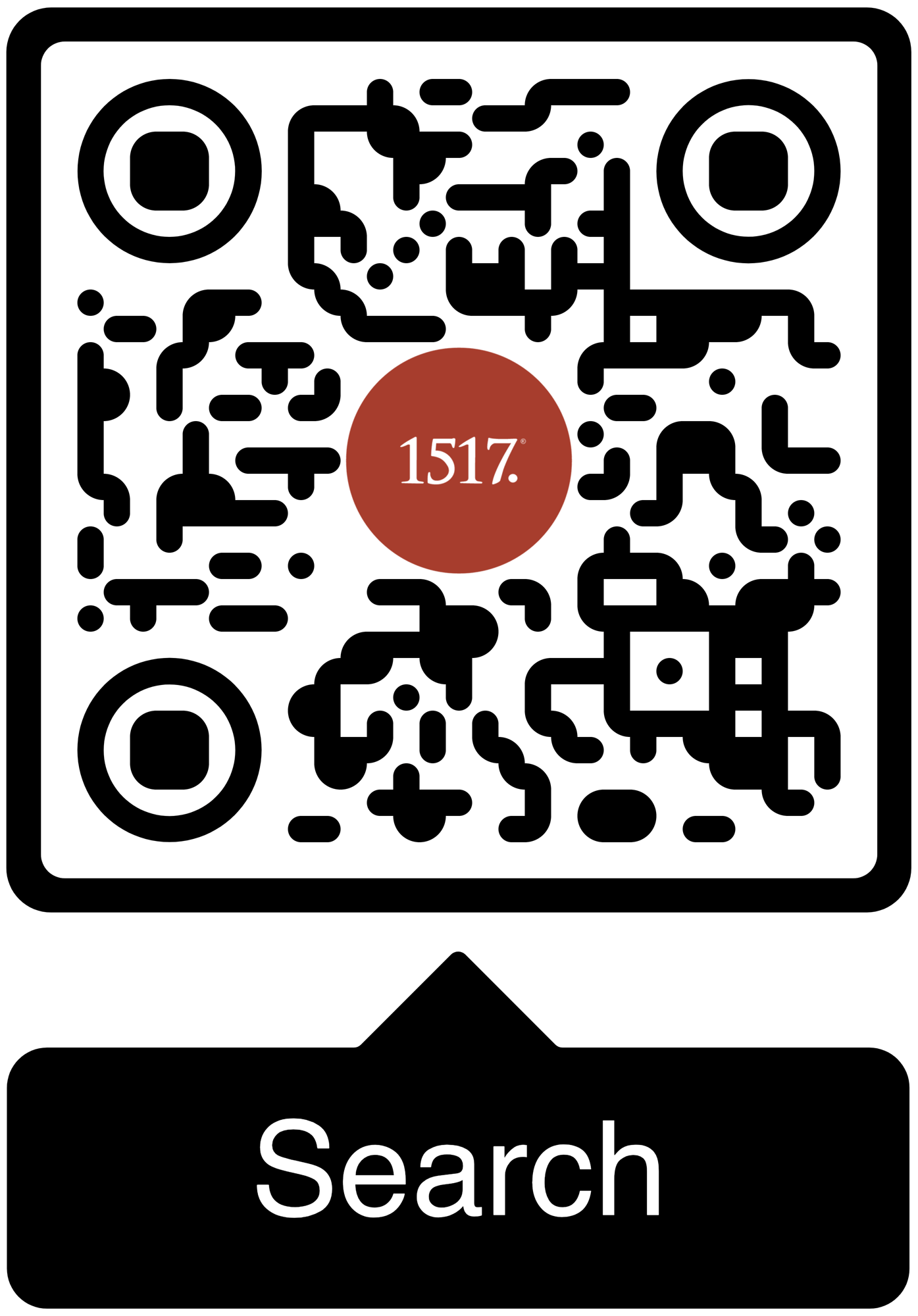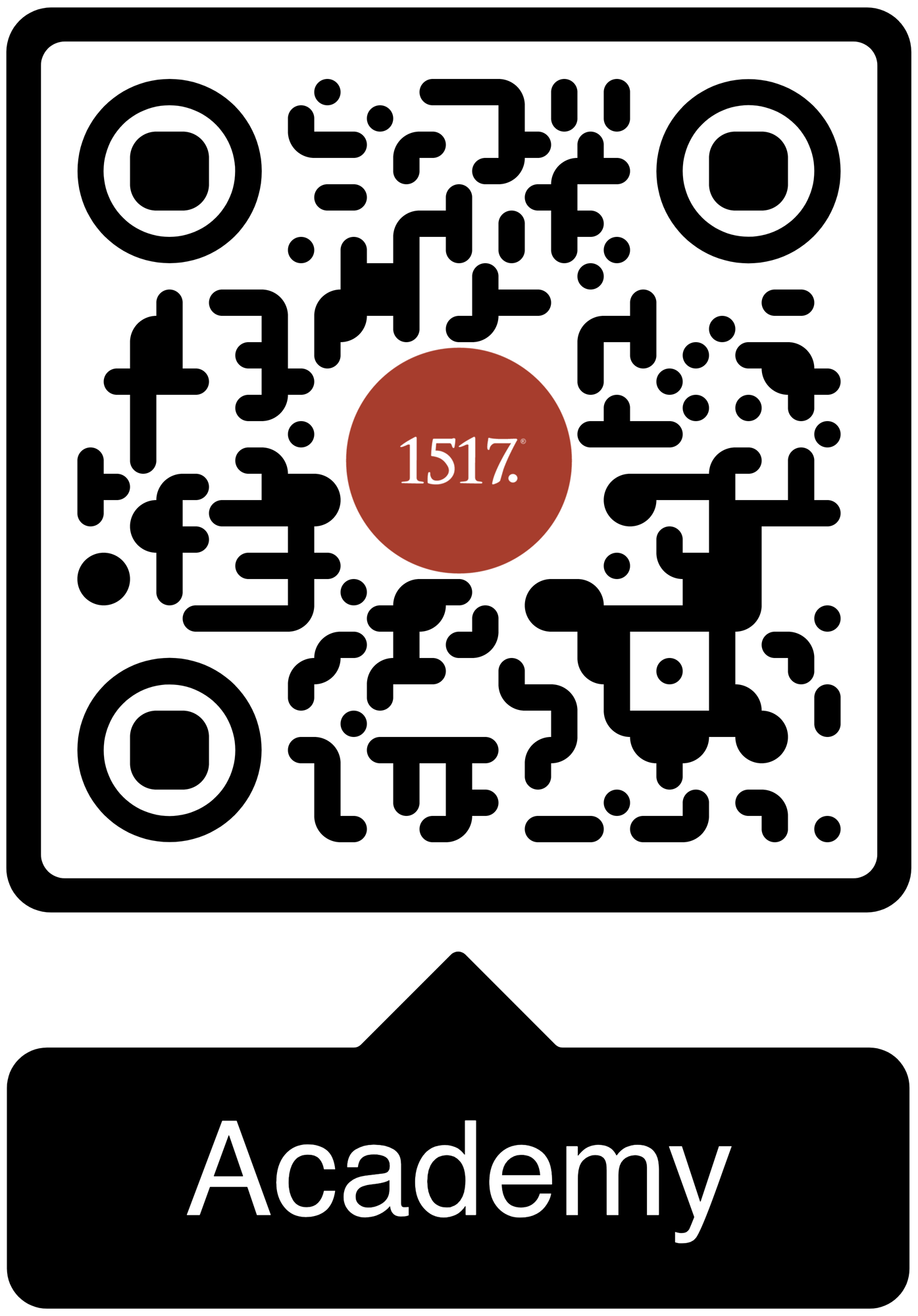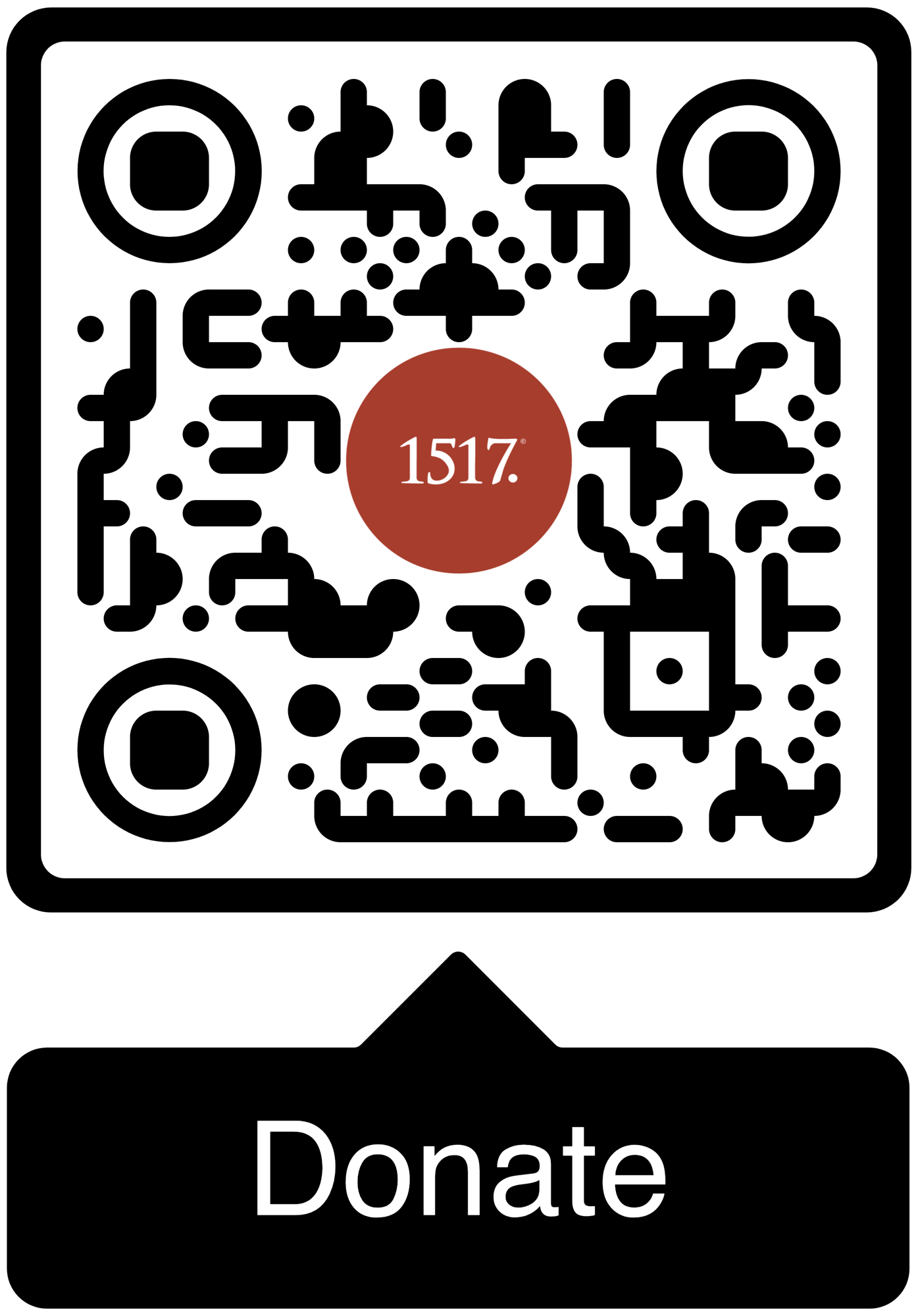The Church needs mystics again. Not fringe figures, but saints ablaze with love.
There was a time when Christians trembled before the altar. Not out of fear, but out of awe. A time when incense rising was not theatrical flourish, but prayer made visible. When water on the brow marked death and rebirth. When bread was broken with trembling hands because the One who made the stars had made himself present in the crumb.
Today, in the aftermath of Enlightenment and industry, the Church in the West often wears a thin and utilitarian robe. She has traded the burning bush for fluorescent lighting, the singing psalmist for the PowerPoint sermon, and the God who comes in mystery for the God who can be explained.
Post-modernity, with its sneer and shrug, has turned Christians against their own inheritance. It has not simply challenged doctrine. It has done something deeper. It has sapped the nerve that once thrilled at the thundering hush of divine presence. It has made mystery seem suspect, and mysticism embarrassing. The supernatural has been redefined as superstition. The Eucharist, once feared and adored, becomes metaphor. Baptism becomes a symbol. Prayer becomes therapy. The soul becomes a concept.
What is left? Bricks and mortar. Numbers and spreadsheets. Pews arranged like lecture halls. Sermons heavy on application and light on awe. God reduced to a moral advisor, a life coach, or worse, a brand.
The faith does not deny the physical, far from it. It honors it, incarnates it.
There are many today who bristle at mystery. They will tell you, flatly, that the physical is all there is. That to pray for angelic support, or listen for the gospel in a child's words, or speak of sacraments as more than symbols, is to regress into medieval error. They are modernists wearing Protestant clothes. They are dogmatic, not about doctrine, but about doubt. They've made materialism their creed and pragmatism their liturgy.
Yet Christianity has always been scandalous to materialists. The faith does not deny the physical, far from it. It honors it, incarnates it. But it also dares to say that behind every visible thing, there is a depth, a gleam, a voice. Sacraments are not empty signs. They are earthly things brimming with heavenly weight. The saints and martyrs did not die for metaphors. The mystics did not kneel before metaphors. They knelt before Mystery.
What post-modern Christians forget is that the Church's mystic heart was never optional. It was always central. The Fathers spoke of the mysterium tremendum, the weight of glory that fell upon the faithful in the presence of the holy. Gregory of Nyssa, in the fourth century, wrote of the soul's ascent into the dark cloud of unknowing where God dwells. The mystics of every age, whether Julian of Norwich, Ephrem the Syrian, Teresa of Ávila, or John of the Cross, testify to a Christ who cannot be dissected, only adored.
But now? We build churches with no altar, no holy of holies. We explain away the holy. We systematize salvation as if grace could be indexed. We train our pastors in management, not in prayer. When someone hungers for more when they say, "Is this all there is?" we hand them a study guide, a podcast, or a slogan. We teach them how to be useful. We do not teach them how to burn.
And yet the soul longs to burn.
This is the deep ache behind the flood of Christian deconstruction. Not always rebellion. Often, it's starvation. They were given facts but not fire. They were taught arguments, but not awe. And when the world's pleasures outshone the Church's dimmed light, they wandered. Who can blame them?
We've sown this. We've turned the mysteries of Christ into consumer products. We've replaced the wildness of God with programs and policies. And now we wonder why our young people leave. They were not catechized in mystery. They were trained in metrics. They were not formed by the real presence. They were shaped by relevance. They were not baptized into death and resurrection. They were welcomed with coffee and slogans.
But there is a way back.
It begins where it always has: in kneeling. In acknowledging that we cannot contain God. In recovering the sacraments not as symbols but as thunderclaps of grace. In silence. In fasting. In feasting. In awe.
Mystery is not murkiness. It is not vagueness or whimsy. It is a clarity so piercing we can barely hold it.
The Church needs mystics again. Not fringe figures, but saints ablaze with love. Not disembodied spirits, but those who know how to see God in bread and wine, in flame and cloud, in Scripture that cuts like a sword and heals like balm.
To be clear, mystery is not murkiness. It is not vagueness or whimsy. It is a clarity so piercing we can barely hold it. It is not irrational, it is supra-rational. It humbles reason not by mocking it but by showing it its rightful place.
The world has grown strange, and the Church has grown dim, trying to match it. But what if the very thing postmodern people hunger for is what we have buried? What if, in an age of irony, screens, and disembodied distraction, the thing that could awaken a soul is not relevance but reverence?
The gospel is not a formula. It is a fire. It is God made flesh, pierced and risen. It is a table set in the wilderness. It is a Word that spoke the stars and now speaks into the cracked soul of man.
And it is still true.
It is time we stopped being ashamed of the mystery. It is time we stopped apologizing for the awe. It is time we stopped looking sideways at those who kneel too long, who cry when the Word is read, who speak of angels, or wrestle with visions, or whisper the Psalms like spells against the dark.
We were never meant to explain the faith into dust. We were meant to live it, breathe it, and be consumed by it.
The Church needs to recover her strange fire. She needs to speak again in the old tongue, the one that dares to say: “This is my Body. This is my Blood.” Not metaphor. Not symbol. Mystery.
Because the world does not need another message. It needs an altar. It needs a people who carry mystery as bread in their hands. It needs the blazing truth that God has come near and still comes near.
Even now.





